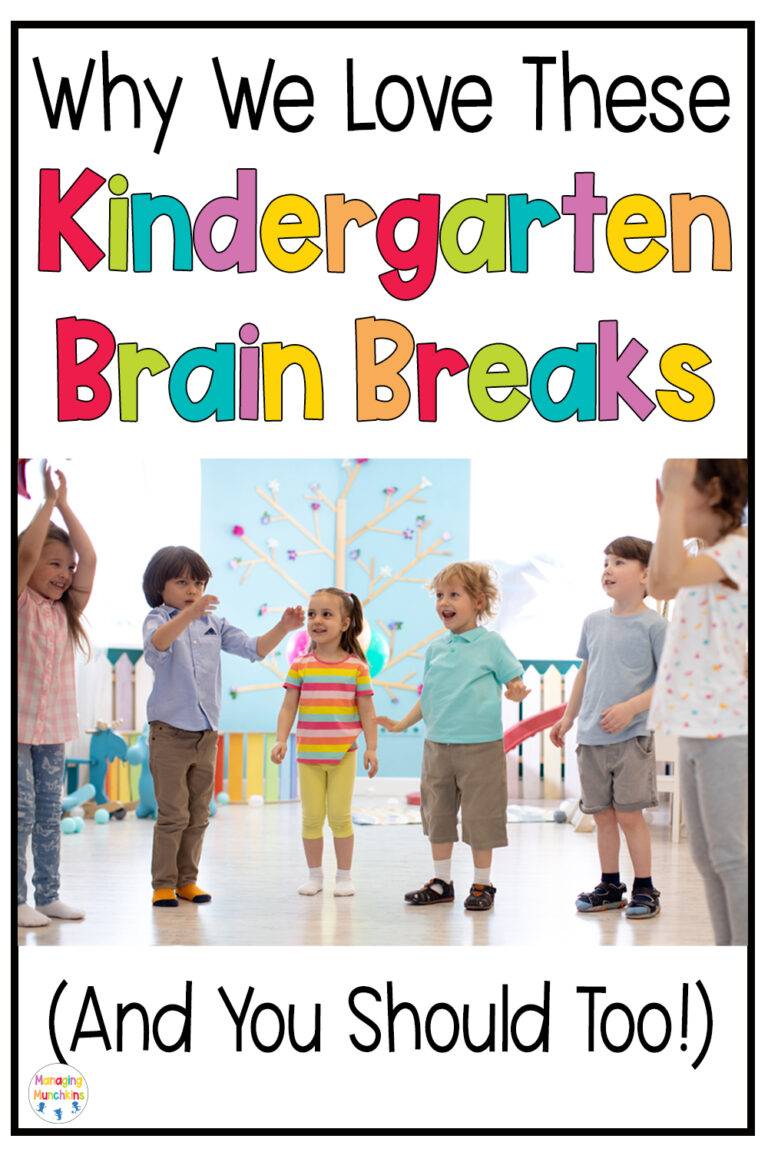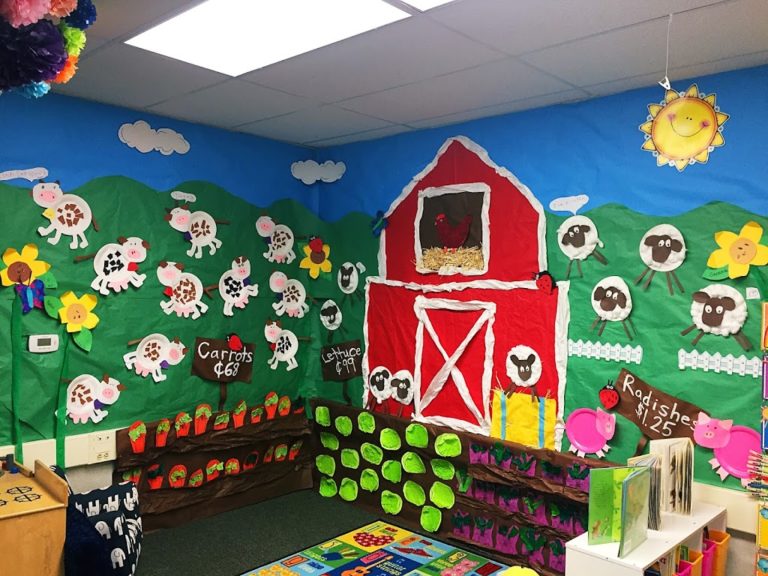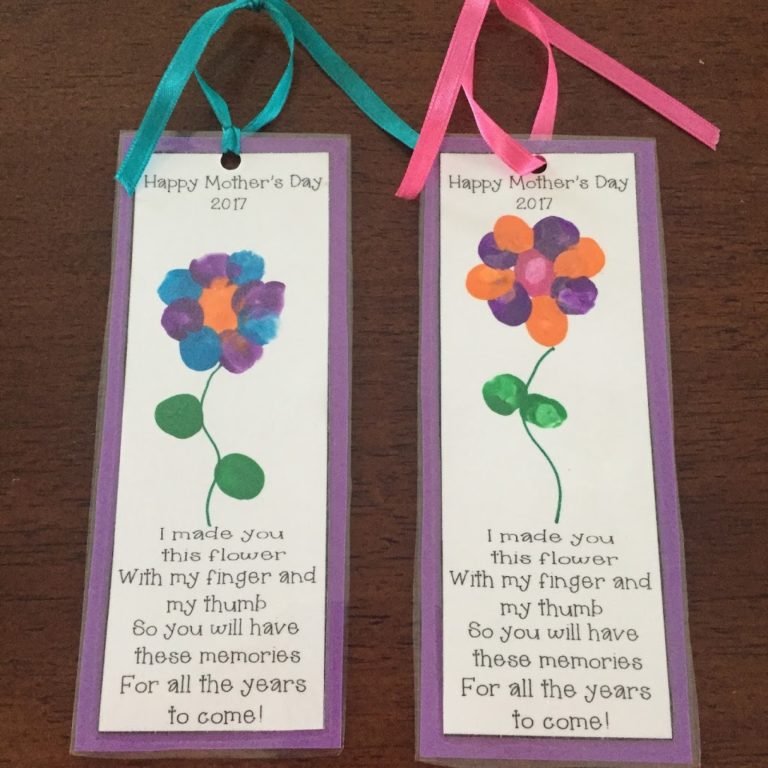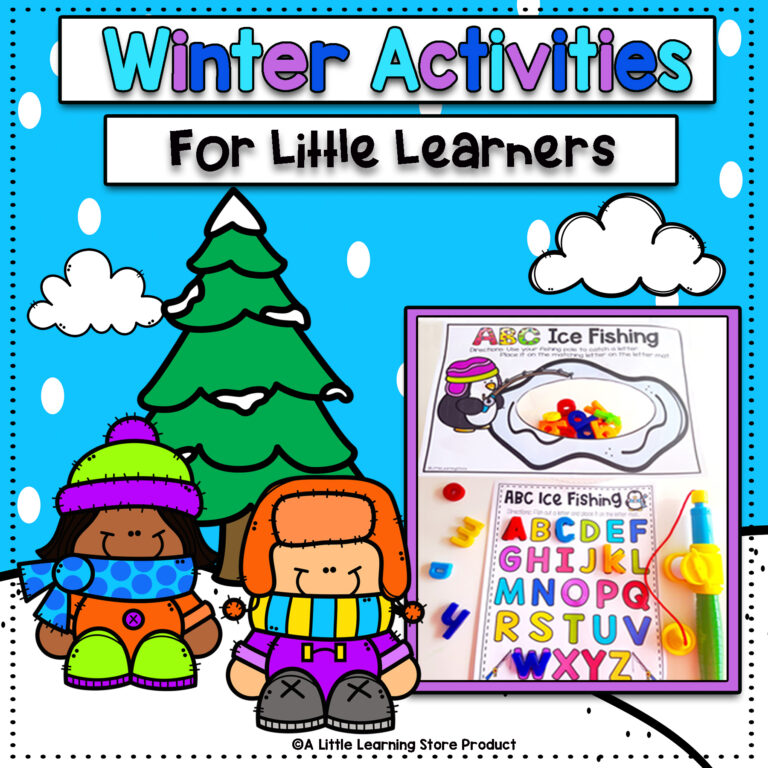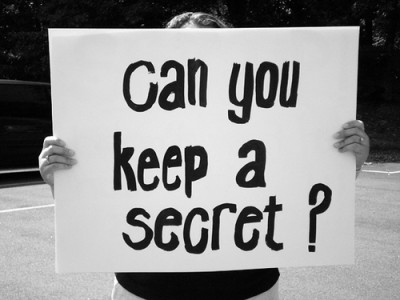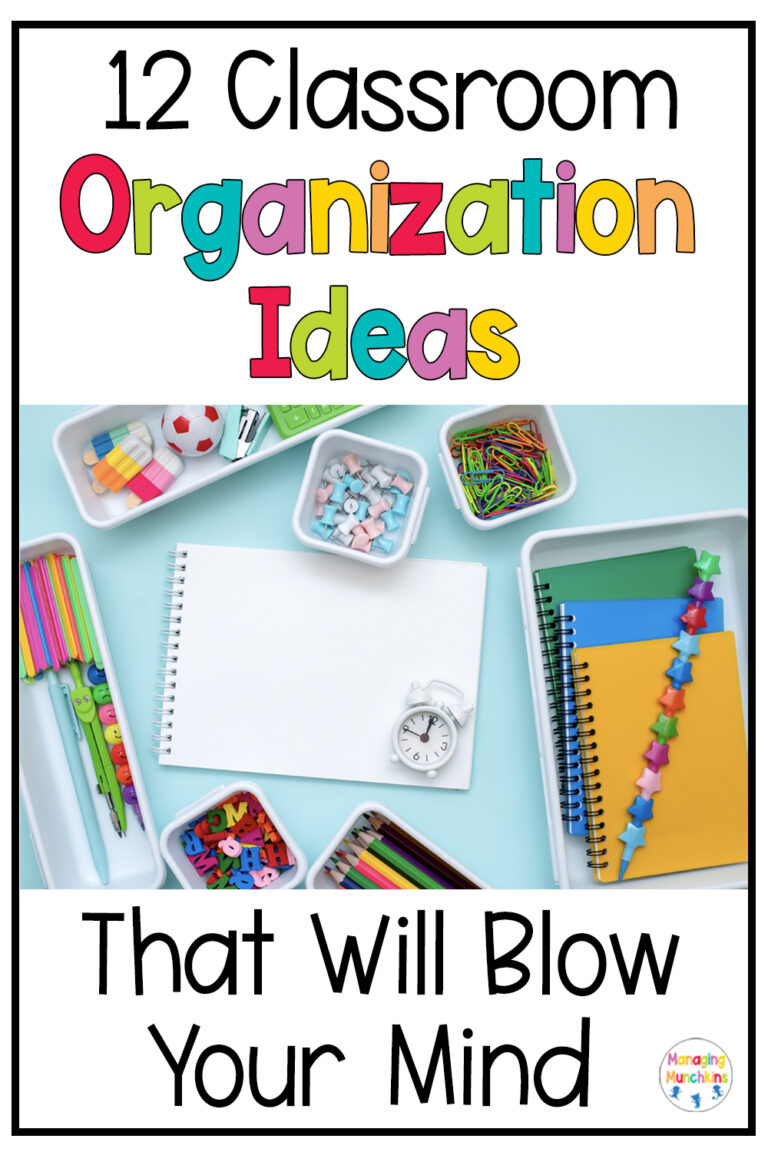3 Proven Conflict Resolution Activities for Kindergarten
Kindergarten is a crucial time in a child’s development, where they not only learn academic skills but also begin to develop social and emotional skills. Incorporating conflict resolution activities for your kindergarten students can make a huge difference and help with things like tattling, disagreements, and impulsive behavior.
In this blog post, we will explore three key conflict resolution activities for kindergarten: Role Playing, the Choice Board, and the Peace Table.
3 Proven Conflict Resolution Activities for Kindergarten
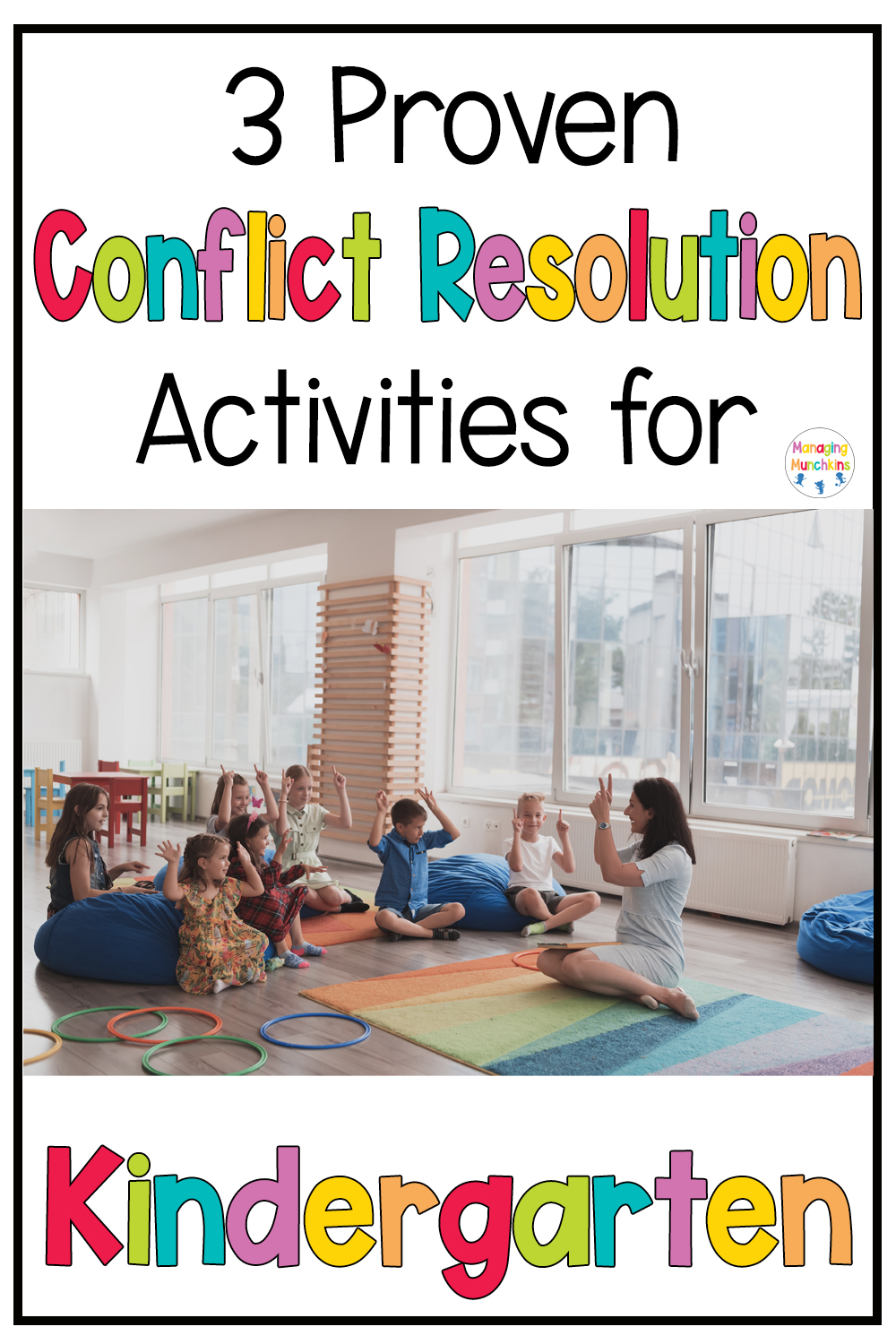
1. Role-Playing
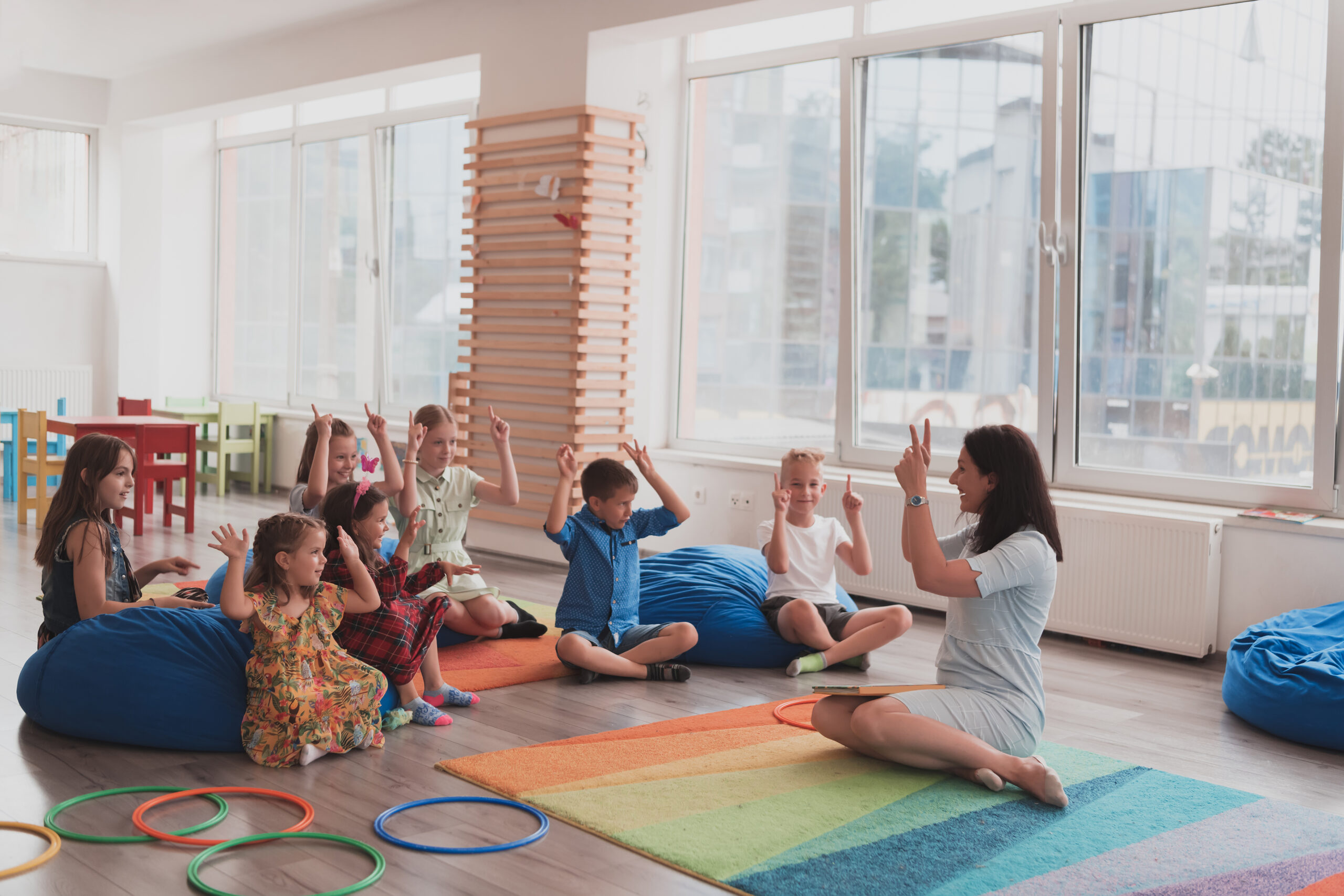
Role-playing is a powerful tool for teaching conflict resolution in a playful and interactive way. Create scenarios that are relatable to kindergarten students, such as sharing toys, taking turns, or resolving a disagreement during playtime (e.g., Johnny knocked down Suzie’s tower).
Do this as a whole class activity. Ask for volunteers or even pick some students to come up and act out the scenario (but first ask if they are comfortable doing so). *Hint- choose your students who struggle behaviorally so they can act out a positive choice scenario!*
Assign roles to these kiddos and let them act out the conflict. Ask the rest of the class to think, pair, share some potential resolution ideas. Ask the acting students to act out these resolution ideas.
Through role-playing, your students learn to see situations from different perspectives and develop empathy. You can guide discussions after each role-play, highlighting positive resolutions and encouraging children to express their feelings.
This activity not only enhances conflict resolution skills but also builds important social and emotional intelligence.
2. Choice Board – Solve the Problem
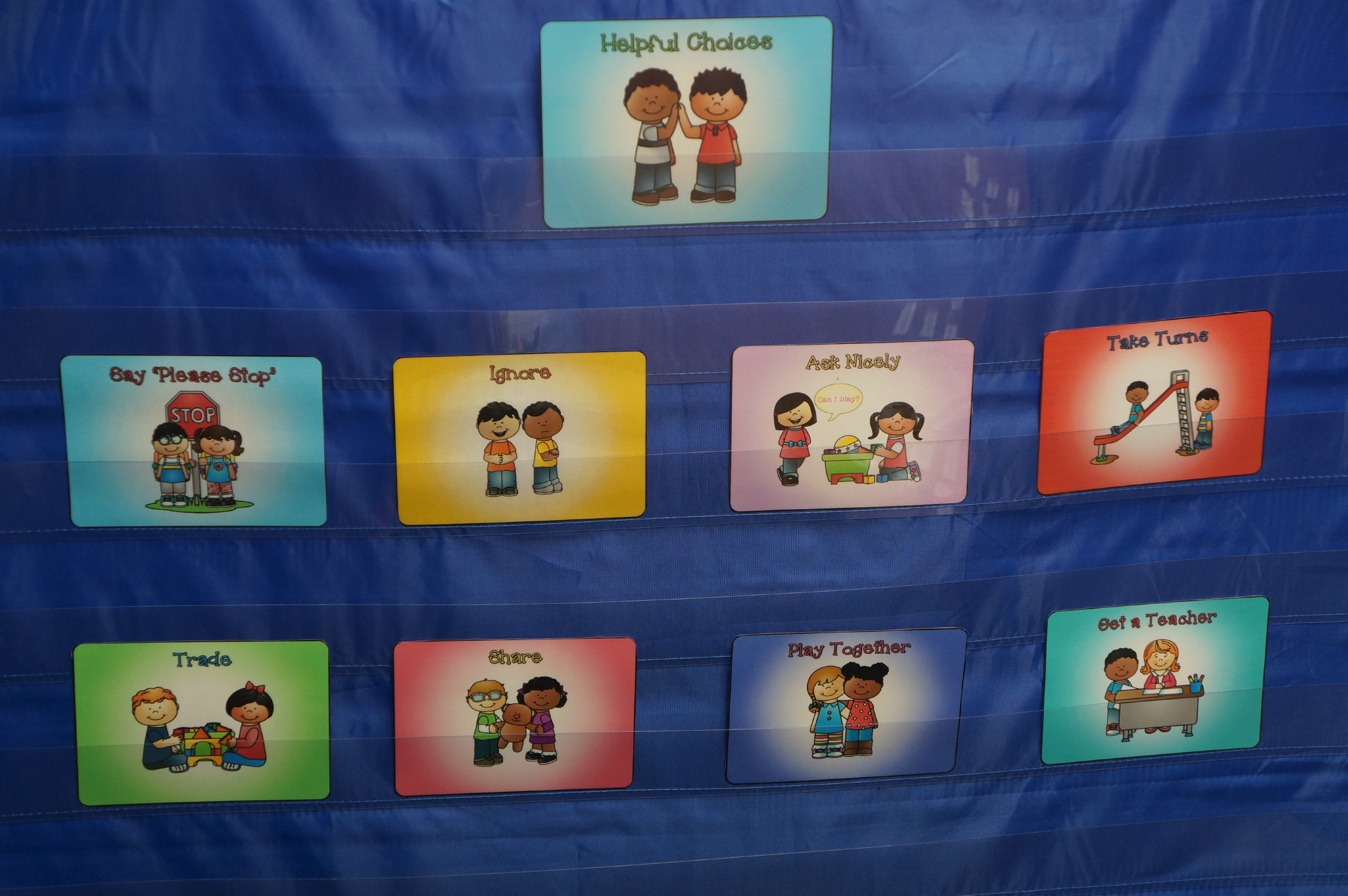
The Choice Board is an interactive and engaging tool that empowers students to make decisions when conflicts arise. Create a board with various options for resolving issues, such as talking it out, taking turns, or asking for help from a teacher.*
When a conflict occurs, tell your kiddos to “solve the problem” by looking at the choice board and choosing a helpful choice.
The choice board not only teaches conflict resolution but also helps in the development of decision-making skills and promotes a sense of autonomy.
*Teach students that “help from the teacher” should be used when they have already tried other choice options or if it’s a true emergency (e.g., someone is hurt or in danger).*
Love these choice board cards? Grab this free conflict resolution activity for your kindergarten kiddos now!
3. Peace Table
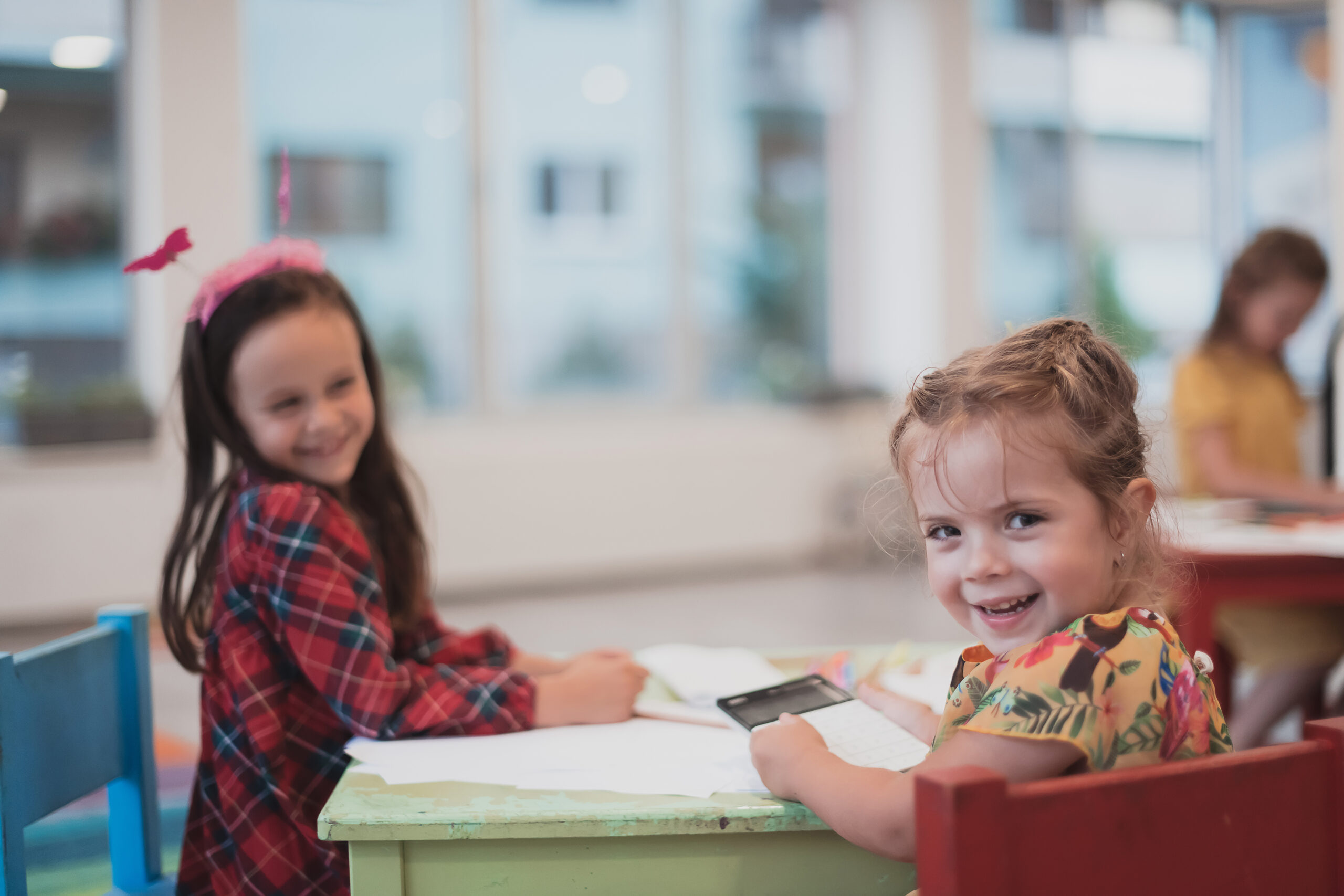
The Peace Table is a physical space in the classroom dedicated to conflict resolution. It provides a calm and supportive environment where students can independently work through their issues.
Stock the Peace Table with tools such as simple conflict resolution scripts, soft toys, and illustrated emotion cards. Explain how to use the peace table to students by modeling it for them in a whole class lesson.
When a conflict arises, encourage your students to visit the Peace Table independently or with your guidance. Here, they can use the provided tools to express their feelings and work towards a resolution.
The Peace Table promotes self-regulation, communication skills, and a sense of responsibility for resolving conflicts, all essential aspects of a child’s social development.
In Conclusion:
Incorporating conflict resolution activities into your kindergarten curriculum not only helps create a harmonious classroom environment but also equips young learners with essential life skills.
Role Playing, the Choice Board, and the Peace Table are effective and enjoyable ways to teach your kinders how to navigate conflicts positively, fostering social and emotional growth that will benefit them throughout their lives. By investing time in these activities, we can contribute to the development of a generation that values communication, empathy, and cooperation.

